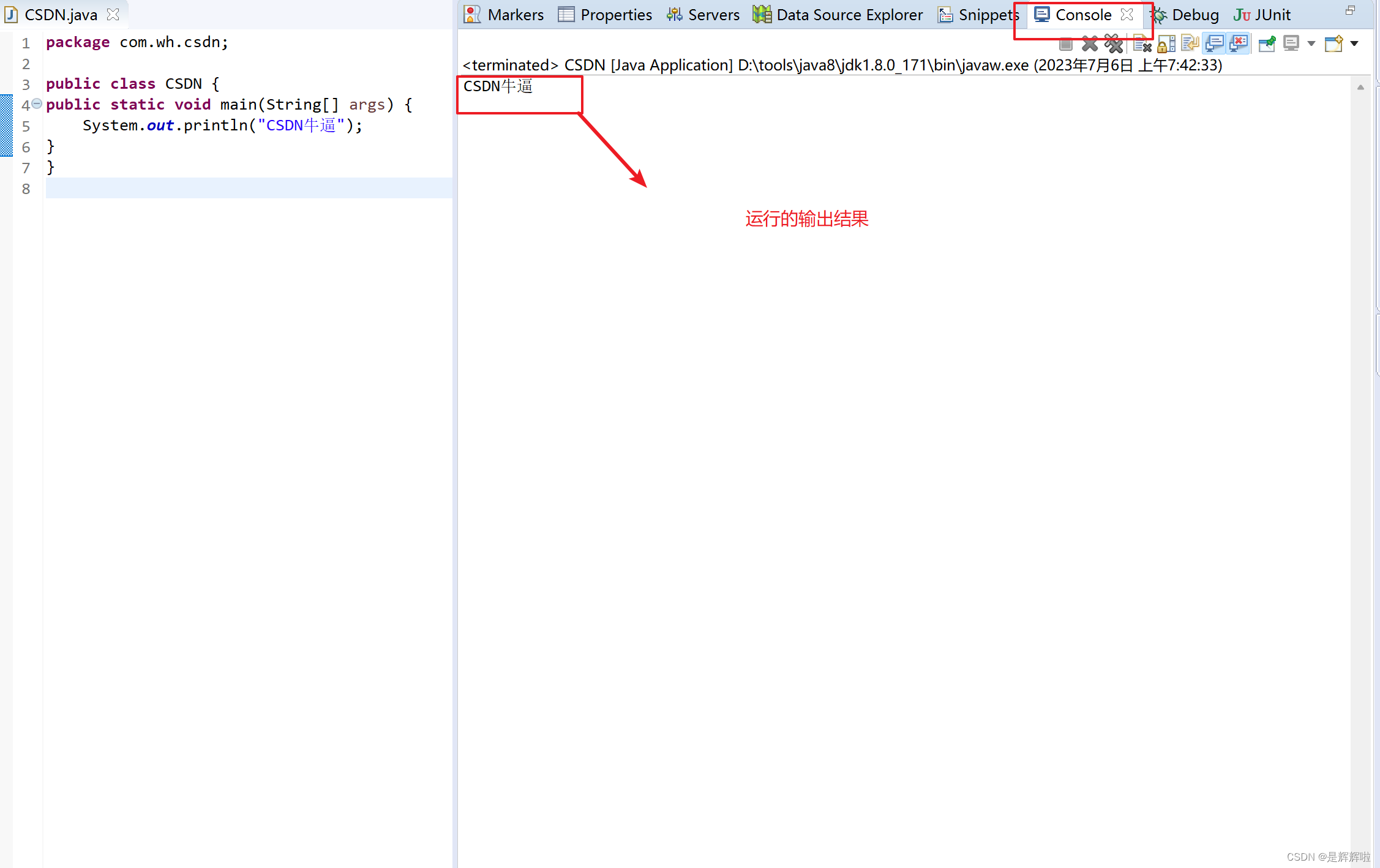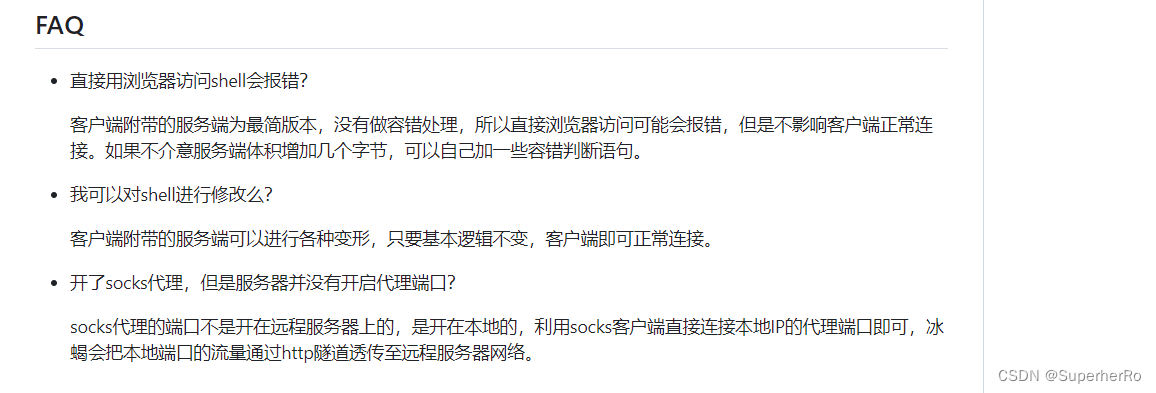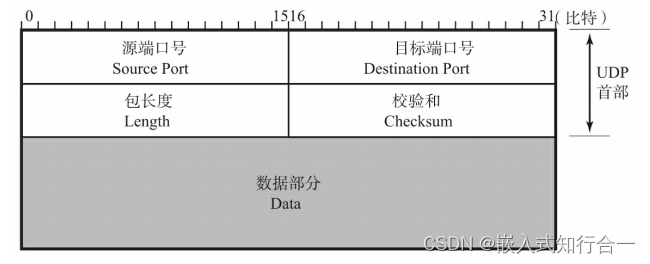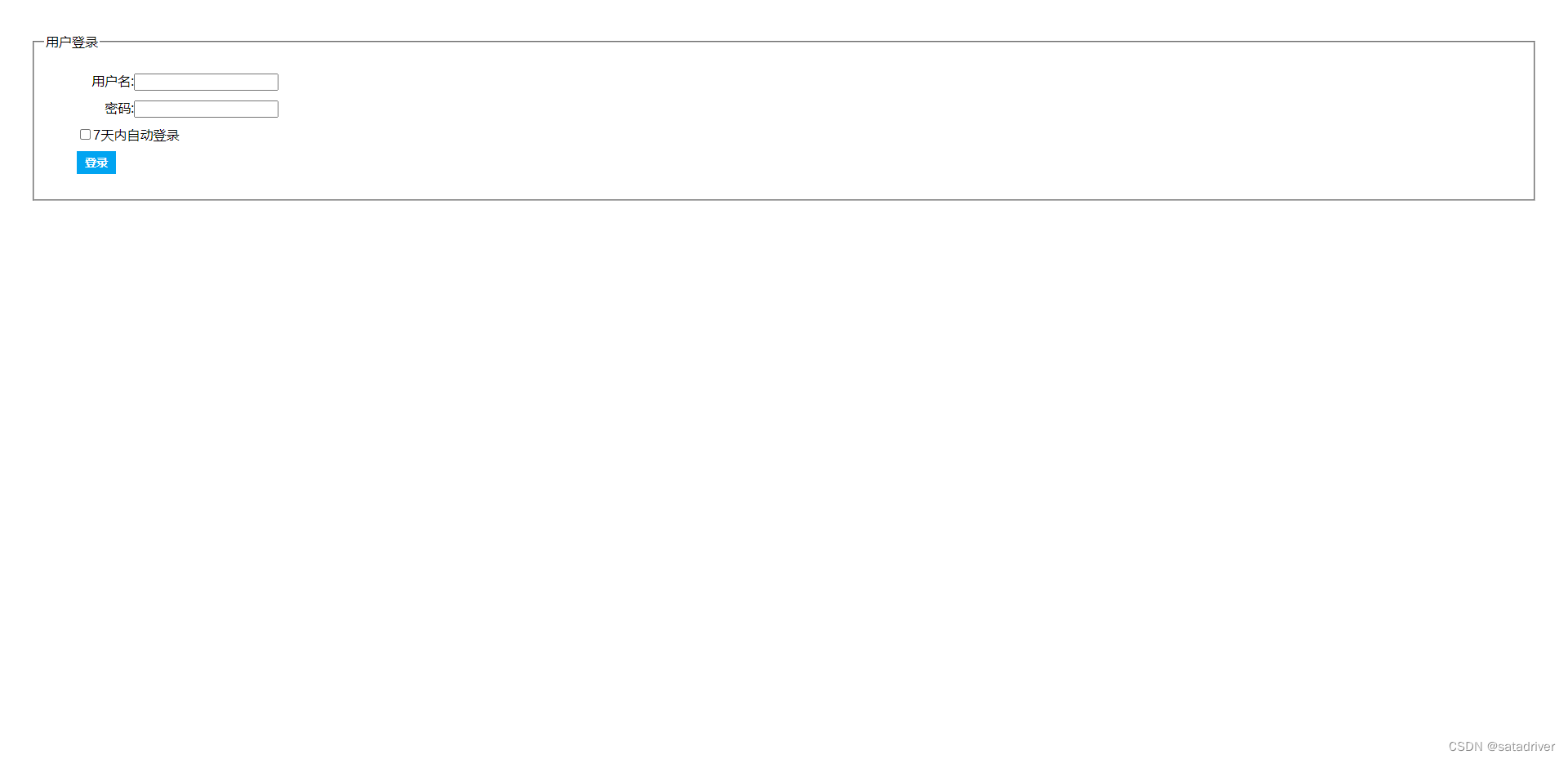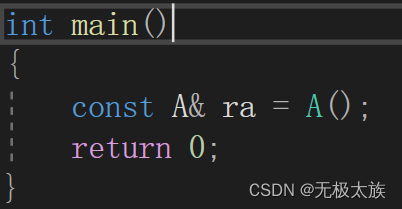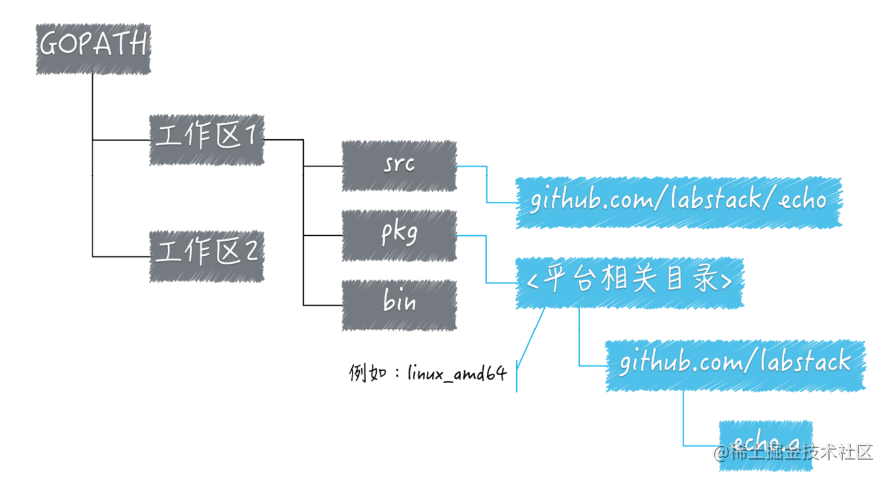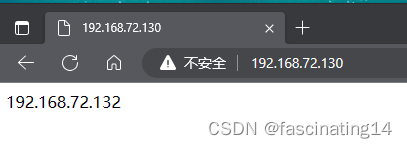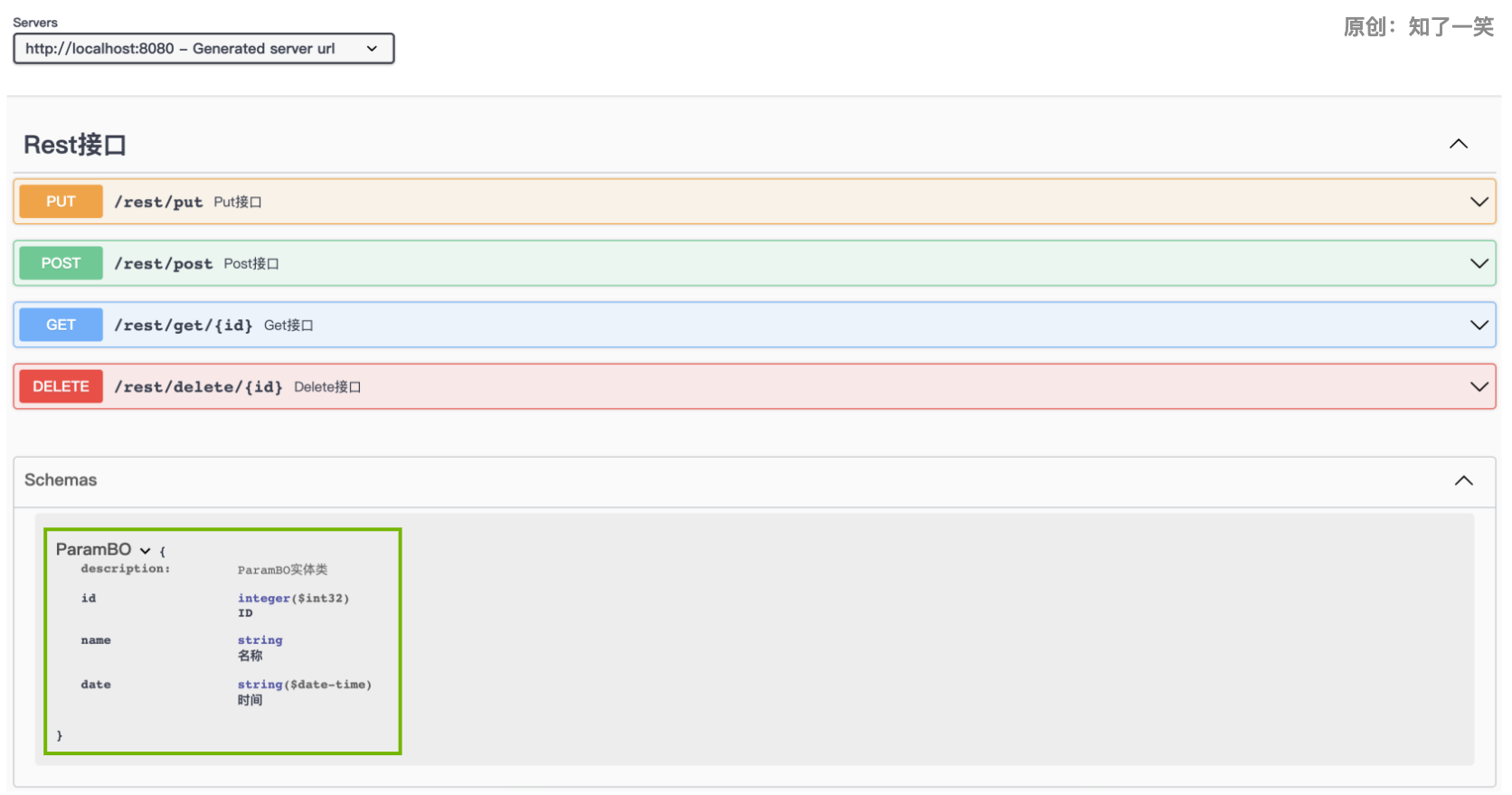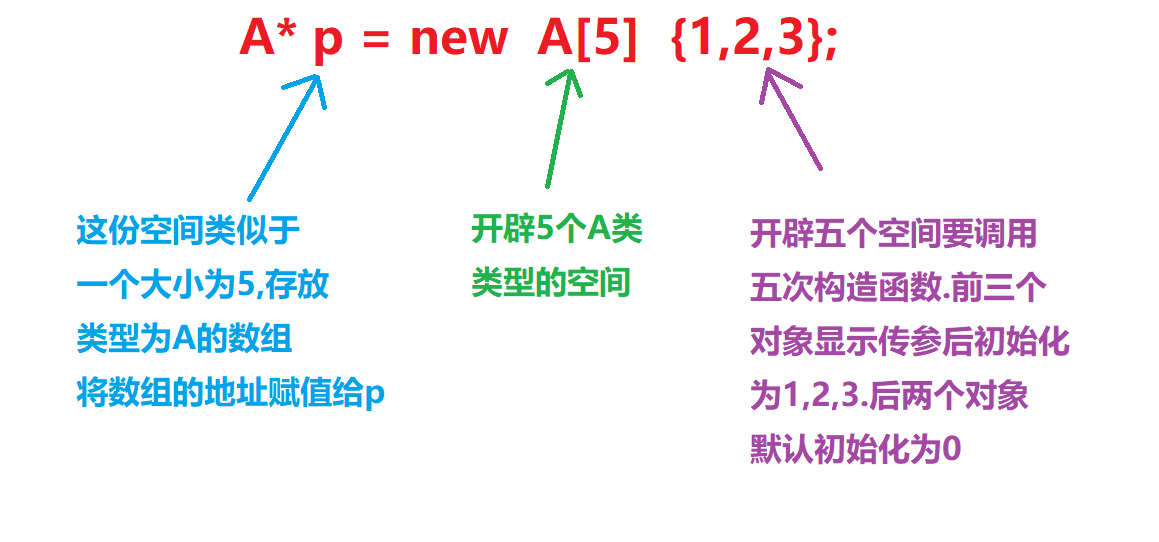如图这种效果

可以使用 Notification API来进行实现
代码如下
注意:一定要用服务端打开。不然不会弹出来。vscode可以安装 live Serve 插件服务端打开
<!DOCTYPE html>
<html lang="zh">
<head>
<meta charset="UTF-8">
<meta http-equiv="X-UA-Compatible" content="IE=edge">
<meta name="viewport" content="width=device-width, initial-scale=1.0">
<title>Document</title>
</head>
<body>
<button>点击弹出提示</button>
<script>
document.querySelector('button').addEventListener('click', function () {
// 检查浏览器是否支持 Notification API
if ("Notification" in window) {
// 请求用户授权显示通知
Notification.requestPermission().then(function (permission) {
// denied——用户拒绝显示通知
// granted——用户接受显示通知
// default——用户选择是未知的,因此浏览器的行为类似于值是 denied
if (permission === "granted") {
// 创建通知
var notification = new Notification("这是一个消息通知", {
// dir:文字方向,可能的值为auto、ltr(从左到右)和rtl(从右到左),一般是继承浏览器的设置
dir: "auto",
// body:通知的内容 注意:body 属性是必须的,否则通知无法显示
body: "这里是通知的内容",
// tag:通知的ID,格式为字符串。一组相同tag的通知,不会同时显示,只会在用户关闭前一个通知后,在原位置显示
tag: "my-notification",
// 通知的图片
image: './imgs/R-D.jpg'
// 可选,通知的图标
// icon: ""
})
// 通知显示给用户时触发的回调函数
notification.onshow = function () {
console.log("显示给用户时")
}
// 点击通知时的回调函数
notification.onclick = function () {
console.log("用户点击了通知")
}
// 关闭通知时的回调函数
notification.onclose = function () {
console.log("用户关闭了通知")
}
// 通知出错时的回调函数
notification.onerror = function () {
console.log("通知出错时触发(大多数发生在通知无法正确显示时)")
}
}
})
} else {
alert("浏览器不支持 Notification API")
}
})
</script>
</body>
</html>


